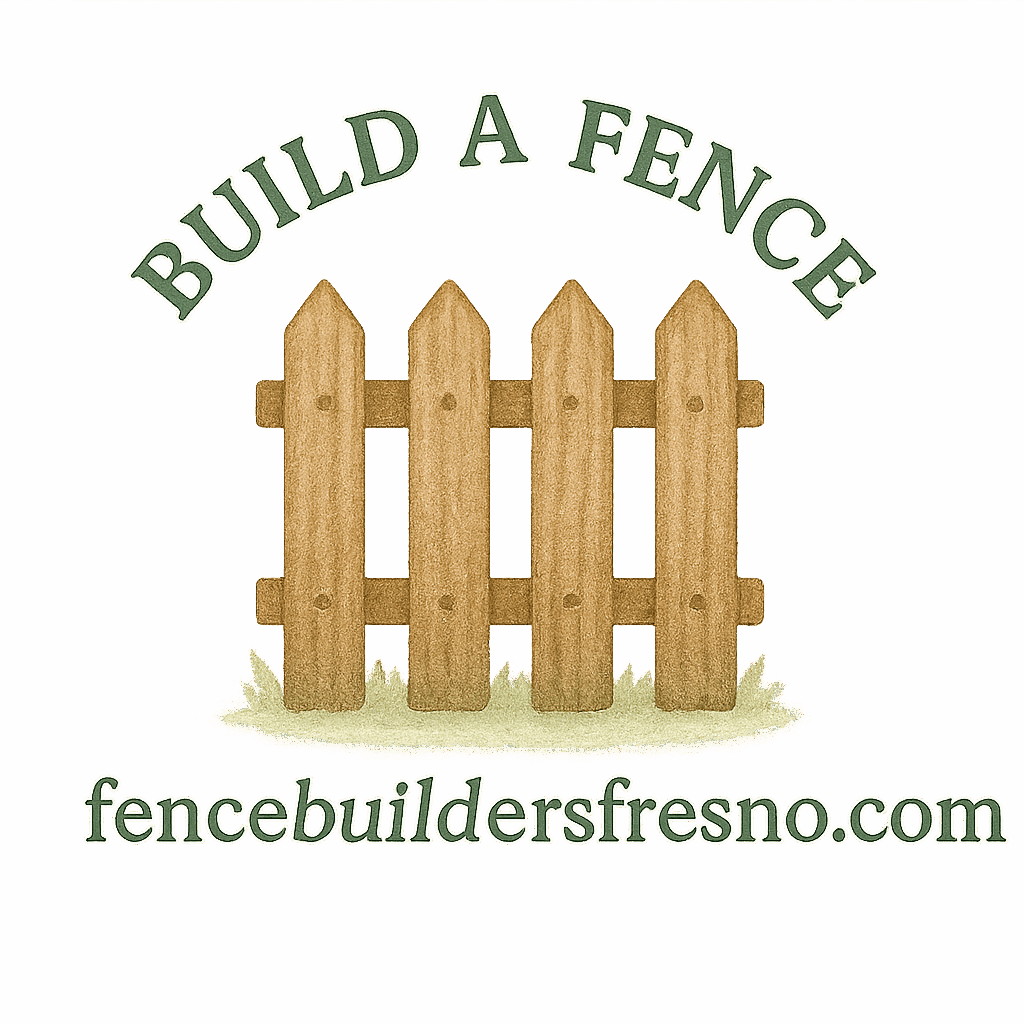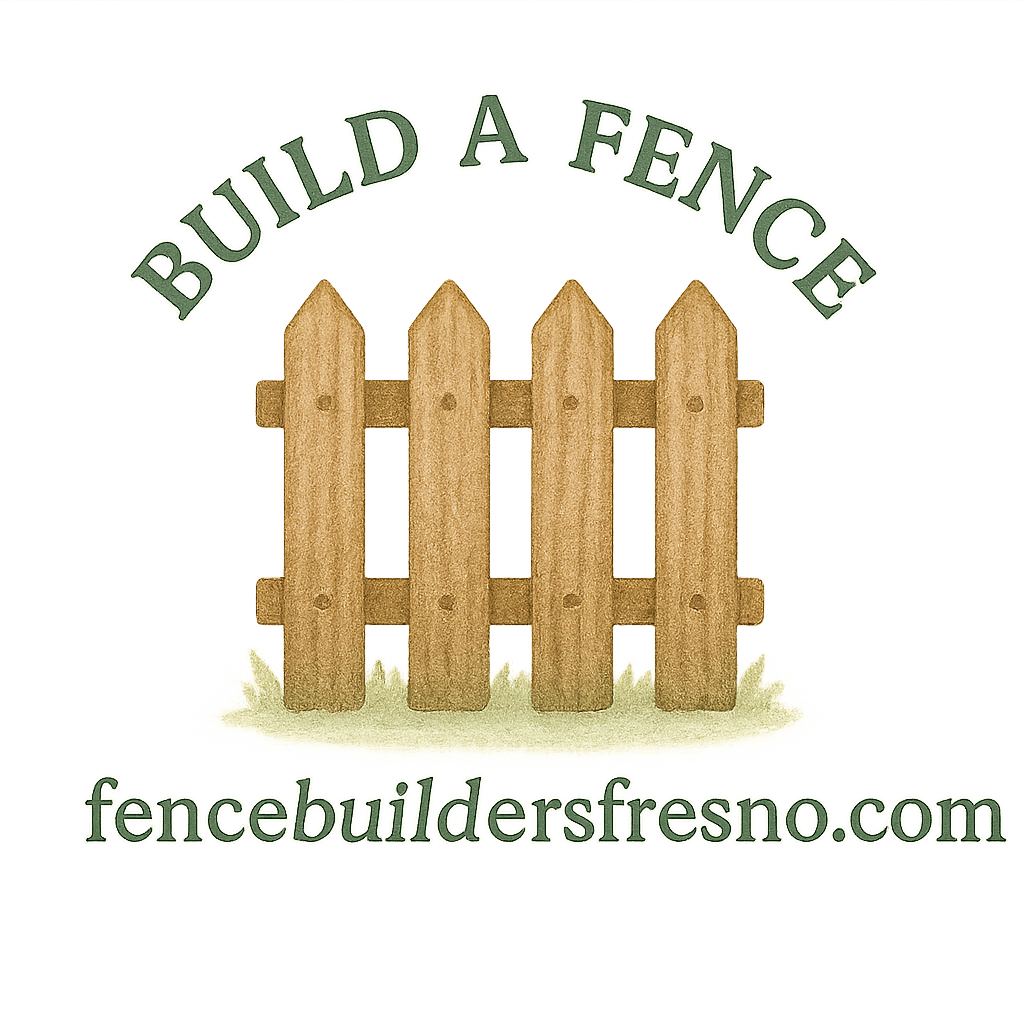Looking to upgrade your yard while staying kind to the planet? You’re in luck. There are several sustainable, eco-conscious fencing options that look great and don’t harm the environment. In this guide, we’re diving into the 9 best eco-friendly fence materials you can use to protect your property and the planet.
Whether you’re a seasoned DIYer, a green thumb, or just eco-curious, we’ll walk you through everything you need to know. 🌱
Why Go Green with Your Fence?
Let’s be real—traditional fencing materials like chemically-treated wood and virgin vinyl are tough on the environment. They often involve deforestation, toxic coatings, and a short lifespan. That’s where eco-friendly fencing swoops in like a superhero for your backyard.
Eco-friendly fences:
- Use renewable or recycled materials
- Require less maintenance (less water, paint, chemicals)
- Last longer, meaning fewer replacements
Plus, a sustainable fence adds value to your home and shows you care about your footprint.
What Makes a Fence Eco-Friendly?
Before we jump into the juicy list, let’s talk basics. Not every fence that’s labeled “green” is actually good for the environment. Here’s what to look for:
Sustainability
The material should come from renewable sources like bamboo or reclaimed wood. Fast-growing or salvaged = gold star. 🌿
Recyclability
At the end of its life, can the fence be recycled or reused? Metal, composite, and some vinyl options shine here.
Low Maintenance Needs
The less you have to treat or paint your fence, the fewer chemicals and water you’ll use over time. Low-maintenance options are better for you and the planet. Learn more about fence maintenance and repair to get the most from your materials.
Now, let’s get into the green goodies.
1. Bamboo Fencing
Rapidly Renewable
Bamboo grows like it’s on caffeine. Some species shoot up 3 feet a day. It’s one of the fastest-growing plants on Earth, making it incredibly sustainable.
Stylish and Natural Look
Bamboo fences offer an earthy, exotic aesthetic. Whether rolled or panel-style, they blend beautifully in gardens and patios. Bonus: they’re lightweight and easy to install—perfect for a DIY fence project!
2. Reclaimed Wood Fencing
Rustic Charm
Want that farmhouse charm with eco-flair? Reclaimed wood fencing gives you the best of both worlds. It’s full of character and tells a story with every knot and grain.
Reduces Waste
Using wood that would otherwise go to a landfill is a great way to reduce environmental impact. Pair this with proper wood fence care and you’ve got a winner.
3. Recycled Composite Fencing
Made from Recycled Plastics & Wood Fibers
Composite fencing is made of a blend of post-consumer plastics and reclaimed wood. It’s the ultimate “trash turned treasure” material.
Long-lasting and Durable
These fences can outlive traditional wood by decades with almost no upkeep. That makes them a great choice for those seeking low-maintenance yet stylish options.

4. Living Fences (Hedges and Shrubs)
Natural Barrier
Plants like boxwood or arborvitae make great natural fences. They’re literally alive—and they clean the air while offering privacy!
Enhances Biodiversity
Birds, bees, and butterflies love a leafy border. It’s one of the most eco-friendly ways to define property lines.
5. Metal Fencing from Recycled Steel or Aluminum
Strong and Secure
Recycled steel or aluminum fencing is industrial-grade tough and often made with 100% recycled content. Think of it as a bodyguard for your garden.
Fully Recyclable
When it finally reaches the end of its life, it can be recycled again—over and over. Plus, it makes for an excellent boundary fence option.
6. Vinyl Fencing (Eco-Conscious Variants)
Low Maintenance
Not all vinyl is created equal. Choose recycled or recyclable vinyl for the best impact. These fences need no painting, sealing, or staining.
Long Lifecycle
They can last 20–30 years, meaning fewer replacements. Just be sure to check if it’s made from recycled content—look for durable fencing labels.
Explore the differences in the fence types comparison guide.
7. Stone or Rock Walls
Timeless Aesthetic
Stone walls are stunning and incredibly sustainable. No chemicals, no processing, just good ol’ rock. Great for rural or high-end homes.
Ultra-Durable
Properly installed stone fences can last for centuries. It’s the ultimate in long-term investment and a smart move for fence design planning.
8. Rammed Earth Fencing
Ultra-Sustainable
Rammed earth uses compacted soil and natural binders to create a dense, long-lasting barrier. It’s one of the oldest and most eco-friendly building methods.
Thermal Insulation Benefits
It keeps noise out and even helps regulate temperature on your property. Plus, it blends beautifully with natural landscapes.
9. Natural Brushwood Fencing
Organic Appearance
Brushwood fences, made from twigs and sticks, look charming and whimsical. They’re often used in gardens or as temporary fencing.
Great for Gardens
These fences decompose naturally over time—no landfill needed. They’re perfect for cottage-style homes or garden borders.
Tips for Choosing the Best Eco-Friendly Fence
- Know your local property rights
- Consider your maintenance capabilities
- Think about your aesthetic and landscaping
- Check for potential legal disputes
Choosing an eco-friendly fence also means planning properly. Here’s a guide to help with the fence building basics.
Installation and Legal Considerations
Before digging post holes, check your local ordinances. Setbacks, height limits, and material restrictions can vary. Always refer to legal property considerations and avoid future fence encroachment issues.
Whether you’re doing it yourself or hiring a pro, follow fence installation guidelines to stay on the right side of the law (and your neighbor).
How to Maintain Your Green Fence
Eco-Friendly Upkeep Tips
- Use natural oils or beeswax for wooden fences
- Trim and water living fences responsibly
- Wash vinyl or composite with vinegar-based solutions
- Check your fence maintenance calendar regularly
And if you’re facing wear and tear, check out fence maintenance and repair tips to extend its life.
Conclusion
There you have it—9 eco-friendly fence materials that help you go green without giving up style or durability. From bamboo to brushwood, living walls to recycled metal, there’s an option out there that’s perfect for your yard and your values.
Investing in sustainable fencing isn’t just good for the planet—it’s good for your property value and peace of mind. 🌍💚
So what are you waiting for? Give your yard the green makeover it deserves!
FAQs
1. What is the most environmentally friendly fence material?
Bamboo is widely considered one of the most eco-friendly options due to its rapid growth and renewability.
2. Can I install an eco-friendly fence myself?
Absolutely! Many options like bamboo, composite panels, or brushwood are perfect for DIY fence projects.
3. Are eco-friendly fences more expensive?
They can have a higher upfront cost but save money in the long run thanks to durability and lower maintenance.
4. How long do recycled composite fences last?
They can last 25–30 years or more with minimal maintenance—longer than traditional wood.
5. What’s the best eco-friendly fence for front yards?
Living fences or decorative recycled wood fences make great front yard fence options.
6. Do I need permits for eco-friendly fencing?
You might. Always check your local regulations or consult legal fencing guides before starting.
7. Can eco-friendly fences increase property value?
Yes! They enhance curb appeal and signal a sustainable lifestyle, which is a selling point for many buyers.


